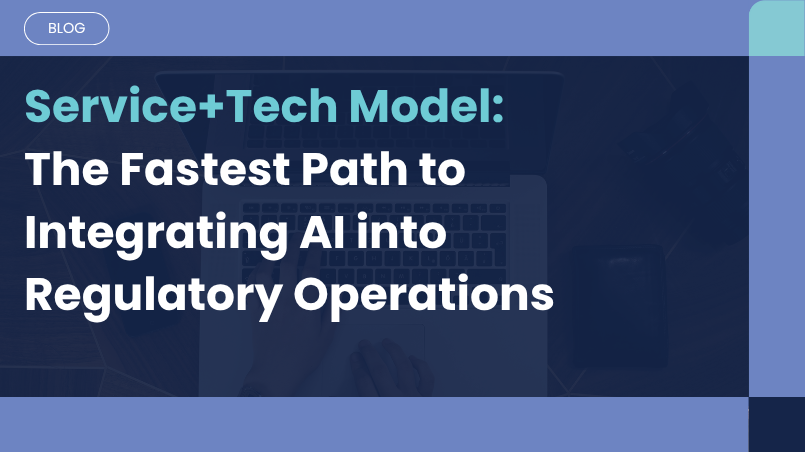What is a Service+Tech Model? – The Fastest Path to Integrating AI into Regulatory Operations
AI in Medical and Technical Writing: Moving Beyond the Hype to Real-World Impact
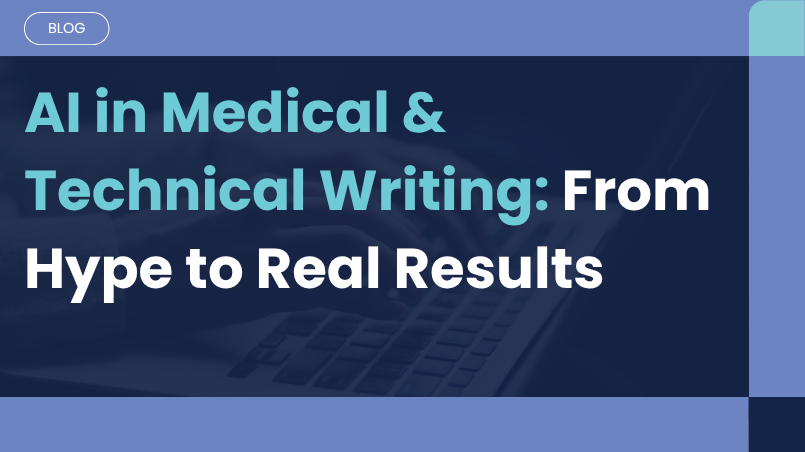
20 Nov, 2025
Introduction: Complexity Meets Innovation
Medical and technical writing has always been at the heart of life sciences, where accuracy, clarity, and compliance directly affect patient outcomes. But the demands on writers have grown exponentially. From Clinical Evaluation Reports (CERs) under EU MDR to Chemistry, Manufacturing and Controls (CMC) submissions, the volume of documentation required has never been greater. Teams are under pressure to deliver faster, with higher scrutiny from regulators, and often with limited resources.
It’s no surprise that artificial intelligence (AI) has become part of the conversation. Yet it is often positioned at two extremes: either as a silver-bullet that will “replace” writers, or as an untrustworthy experiment. The reality lies somewhere in between. AI is not about replacing expertise, but about enabling experts to focus on the work that matters most.
From Manual to Machine-Supported: The Evolution of Writing
Traditionally, writing regulatory and technical documents was almost entirely manual. Teams relied on spreadsheets, word processors, and countless shared folders. This approach was thorough but painfully slow.
The first wave of automation introduced reference managers, templates, and rule-based tools that eliminated some repetition. They were helpful, but they didn’t address the complexity of integrating evidence, ensuring consistency, and maintaining audit readiness across documents.
Today, AI-supported platforms are beginning to bridge that gap. These tools not only automate administrative steps but also provide context-aware assistance, from summarizing dense scientific articles to suggesting draft text. This evolution allows skilled professionals to shift their role from pure drafting to validation, quality oversight, and strategic analysis.
The Promise of AI in Medical and Technical Writing
The real power of AI lies in its ability to make writing tasks more efficient, scalable, and resilient. Consider three dimensions:
- Efficiency: Literature reviews and drafting that once consumed months can now be completed in weeks. In some projects, review times have been cut by more than half.
- Accuracy and consistency: Features like one-click source verification and paragraph-level traceability reduce duplication and strengthen audit readiness.
- Scalability: With regulations becoming more demanding, AI provides a way to manage larger data volumes without endlessly expanding teams.
For example, Celegence’s CAPTIS® platform has helped deliver CERs in as little as 6–8 weeks – a process that previously stretched to six months, without compromising quality. Beyond time savings, this frees medical writers to focus on critical analysis rather than repetitive formatting and reconciliation.
Looking ahead, the integration of structured content with generative AI points to a future where modular, review-ready outputs can be assembled faster than ever, while maintaining the accuracy regulators expect.
Challenges and Lessons Learned
Despite the promise, adopting AI in regulatory writing is not without challenges.
- Data quality: AI is only as reliable as the content it processes. Poorly structured or incomplete data can undermine outputs.
- Complex content: Regulatory documents often include tables, scanned documents, and variable formats that can be difficult for AI to interpret.
- Trust and adoption: Transparency and traceability are non-negotiable in compliance workflows. Writers and reviewers need to see exactly where AI-generated content originated.
- User readiness: Many professionals are new to prompting and generative AI. Without training, adoption can lag.
Celegence’s experience has shown that success requires more than technology. Prompt libraries, embedded AI templates, and training are key to helping users feel confident and empowered rather than overwhelmed. AI is not plug-and-play; it requires thoughtful integration into existing processes.
Real-World Use Cases
AI is already making a difference in everyday writing tasks. Examples include:
- Data extraction and summarization: Pulling key insights from hundreds of articles for literature reviews.
- Draft generation: Producing initial text for standard sections of regulatory documents, with writers reviewing and refining.
- CMC pilots: Early trials show AI can support “first-draft-ready” submissions, reducing review cycles and accelerating delivery.
In practice, CAPTIS® has supported over 500 CERs and processed more than 500,000 literature records, delivering measurable time savings of 50% or more for manufacturers.. The outcome isn’t just faster documents — it’s more satisfied writers, smoother reviews, and greater resilience when workloads spike.
The Road Ahead: AI as a Partner, Not a Replacement
Looking forward, the role of AI in medical and technical writing will continue to expand, but its success depends on balance. Structured content, modular authoring, and generative AI will shape the next wave of innovation. Writers will increasingly act as strategists and validators, ensuring accuracy and context, while AI takes on repetitive, time-consuming tasks.
At Celegence, our perspective is clear: AI should empower professionals, not replace them. The goal is to give skilled experts more time for the analysis, interpretation, and communication that truly make a difference in regulatory compliance and patient safety.
Conclusion
AI in medical and technical writing has moved beyond hype to deliver tangible results. The industry is learning that success depends not on choosing between humans or machines, but on building effective partnerships between the two.
Organizations that adopt AI thoughtfully — with the right data, workflows, and oversight — stand to gain faster timelines, improved efficiencies, and stronger quality. Most importantly, they give their experts the space to do what they do best: bring clarity and confidence to the most complex challenges in life sciences.
Learn how AI-supported writing can streamline workflows, strengthen document quality, and elevate regulatory efficiency. Contact us at info@celegence.com.
Other Related Articles
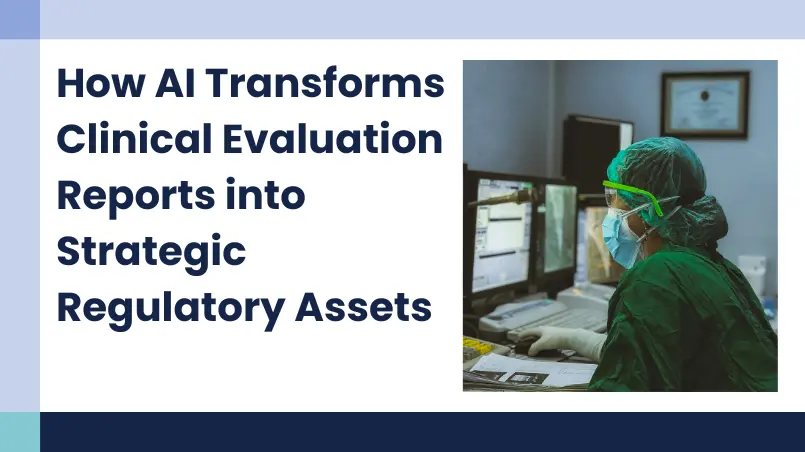
03 Oct, 2025
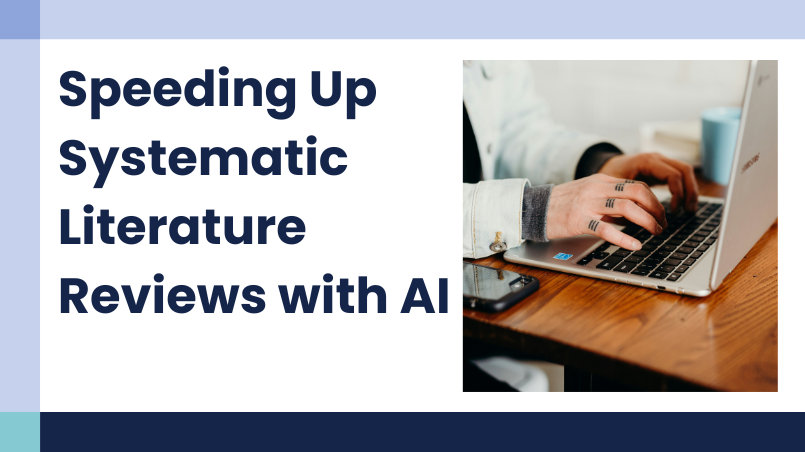
19 Sep, 2025

01 Sep, 2025
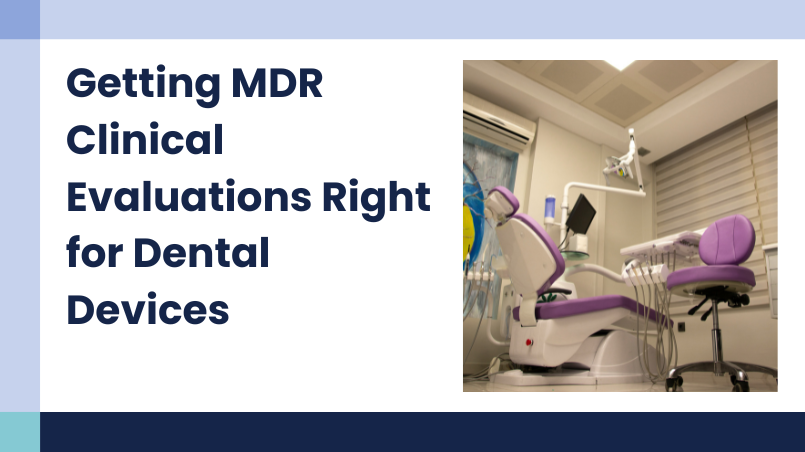
26 Aug, 2025

19 Aug, 2025
